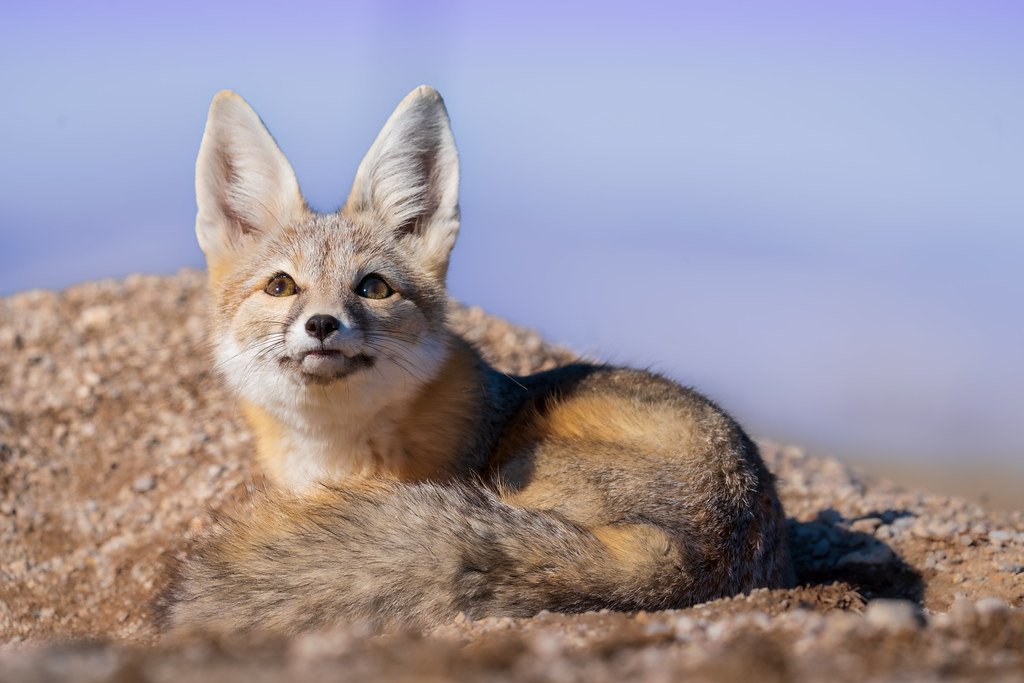Life throws curveballs at us all the time. Some days you’re riding high, other days you feel like you’re trudging through quicksand. That’s just reality, honestly. Yet there’s something fascinating about how we bounce back from adversity, how we adapt and keep going. It’s almost like we have our own internal survival guide.
The desert has mastered this art of resilience. Think about it – scorching heat, virtually no water, extreme temperature swings, and yet it’s teeming with life. These creatures don’t just survive; they thrive in conditions that would make most of us wave the white flag. Their strategies for dealing with hardship might just mirror your own approach to life’s challenges. Let’s explore which desert warrior lives inside you.
The Fennec Fox – The Social Strategist

You adapt to difficult situations by turning to your community. Like the fennec fox, you understand that relationships are your lifeline. The fennec fox is a tiny desert animal with big ears and a super sense of survival, found in the Sahara Desert. This little fox has extra-large ears that help it stay cool by releasing heat and are sharp enough to pick up the slightest sounds of insects or small animals moving around in the sand. With its soft, pale fur that blends into the sandy surroundings, the fennec fox can hide from predators and sneak up on prey.
When life gets overwhelming, you instinctively reach out to family and friends for support. Water is a rare commodity in desert ecosystems, yet the fennec fox exhibits an extraordinary ability to thrive with limited access. Instead of depending on standing water sources, they extract moisture directly through their food intake. Diets consist of moisture-rich items such as insects, rodents, fruits, and plant matter. You’re resourceful like that – finding what you need through your connections and shared experiences.
Your resilience comes from your ability to stay flexible and maintain your social bonds. It’s a nocturnal hunter, sleeping during the hot desert day and becoming active at night when the temperatures drop. Plus, the fennec fox doesn’t need much water because it gets most of what it needs from the food it eats. You know when to step back and when to push forward, always with your support network as your foundation.
The Desert Tortoise – The Patient Endurer
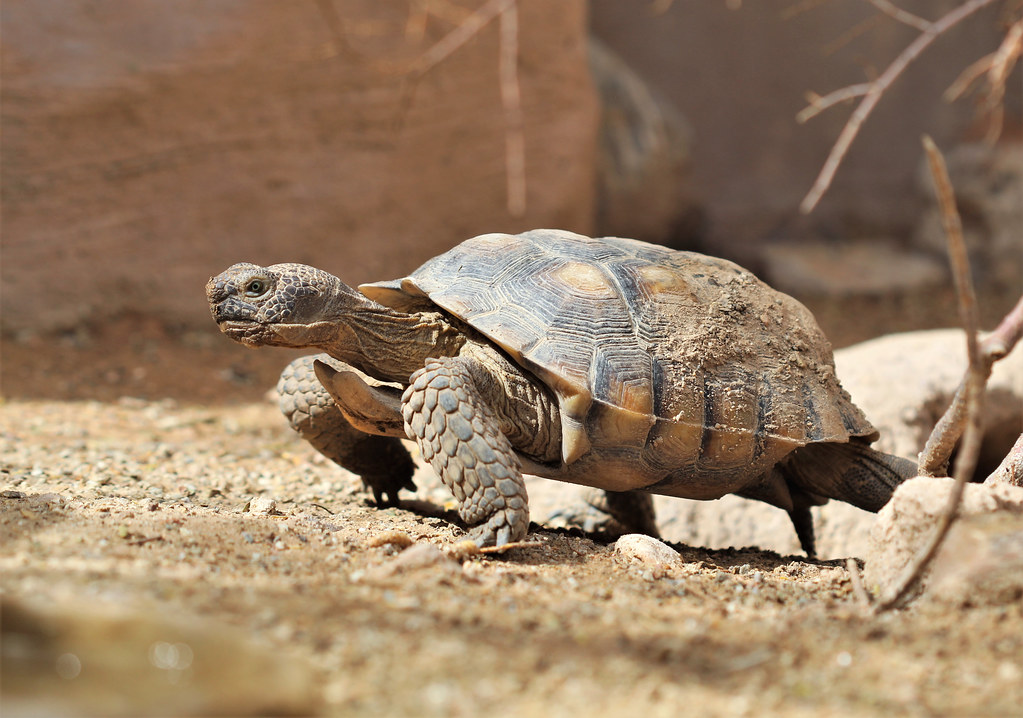
Your approach to challenges is methodical and steady. The desert tortoise is a slow-moving reptile built for survival in the hot, dry deserts of the southwestern United States and northern Mexico. With a high-domed, hard shell, this tortoise protects itself from predators and the sun’s heat. It spends most of its life in burrows underground, which helps it avoid extreme temperatures and conserve moisture. When difficulties arise, you don’t panic – you hunker down and wait for better times.
Like this remarkable reptile, you have an incredible capacity for conservation and preparation. The desert tortoise is well adapted to low-water conditions, as it can store water in its bladder for long periods and use it during dry spells. Feeding on grasses, flowers, and cacti, the tortoise relies on desert vegetation for both food and water, making it a resilient survivor of its harsh habitat. You plan ahead, save resources, and make the most of what you have available during lean periods.
Your strength lies in your ability to weather long-term challenges with patience and wisdom. They have an impressive lifespan, often living up to 80 years in the wild. These tortoises mainly eat grasses and cactus pads, which provide them with the water they need to survive in arid environments. You understand that some problems require time to solve, and you’re willing to play the long game.
The Scorpion – The Strategic Defender
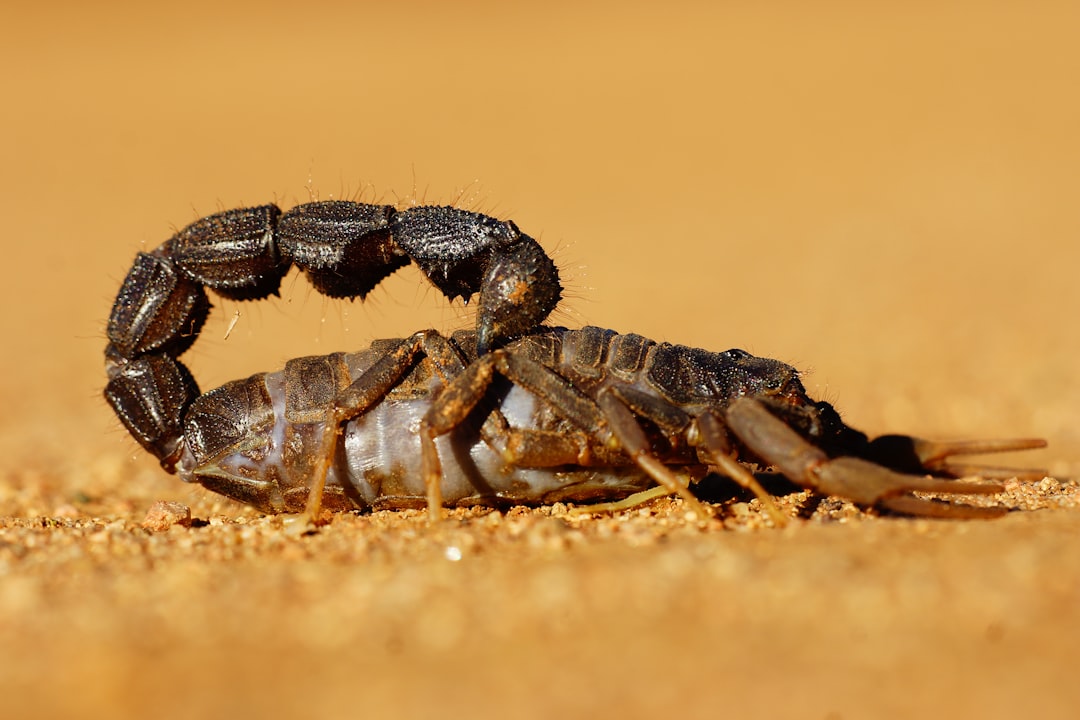
You face adversity with calculated precision and unwavering focus. The scorpion is a nocturnal predator well-suited for the desert’s tough environment. Found in deserts around the world, this arachnid is equipped with large pincers and a venomous stinger on its tail to catch and defend itself against predators. During the hot days, scorpions hide under rocks or burrow into the sand to stay cool and conserve moisture, emerging at night to hunt insects, spiders, and small animals. When life gets challenging, you become more strategic rather than reactive.
Your resilience is built on preparation and patience. Its hard exoskeleton helps reduce water loss, while specialized senses allow it to detect tiny vibrations in the ground to locate prey. The scorpion’s combination of patience, stealth, and unique adaptations make it a formidable survivor in the desert. You wait for the right moment to act, and when you do, it’s with purpose and effectiveness.
Like the scorpion, you’ve developed protective barriers that help you conserve energy for what truly matters. Scorpions are small arachnids with pincers and a stinger that can inject venom. They come out at night to hunt for insects and other tiny creatures. Scorpions have a thick outer layer that reduces water loss and allows them to survive in the hot, dry desert environment. You know how to shield yourself from unnecessary drama while staying alert to real opportunities.
The Camel – The Endurance Champion
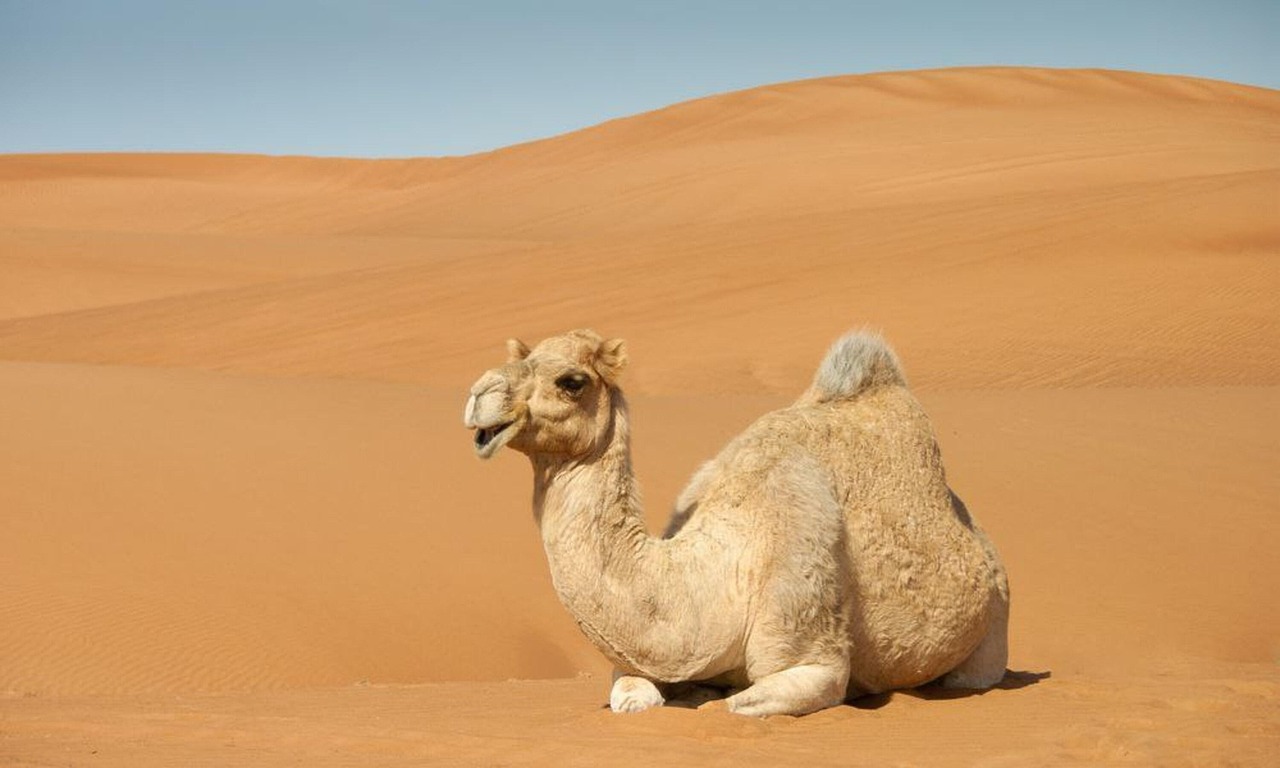
You’re the person others look to when things get really tough. Another fascinating example is the camel, often referred to as the “ship of the desert.” Camels have several physical adaptations that allow them to thrive in arid conditions. Their bodies can tolerate significant dehydration, losing up to 25% of their body weight without suffering adverse effects. They possess specialized kidneys that concentrate urine and minimize water loss. Camels also have a unique ability to regulate their body temperature, allowing them to endure extreme heat during the day while avoiding overheating. Your ability to carry heavy loads – both literally and metaphorically – is legendary among your friends and family.
When crisis hits, you don’t just survive – you keep others afloat too. With bushy eyebrows that would make any makeup artist jealous, double-layered eyelashes to keep out the sand and nostrils that can close completely, camels are well-equipped to withstand sandstorms and intense heat. Their humps – often mistaken as water tanks – are actually reservoirs of fat, providing a source of energy and water when needed. It’s like having a built-in snack pack! You’ve learned to store up resources – emotional, physical, and spiritual – for when they’re most needed.
Your resilience comes from your incredible capacity to adapt your expectations and push through when others might give up. Efficient cooling systems help animals manage heat stress. Camels can allow their body temperature to rise to 104°F (40°C) during the day without sweating, then cool down at night. You understand that temporary discomfort is often the price of long-term success.
The Kangaroo Rat – The Efficient Minimalist
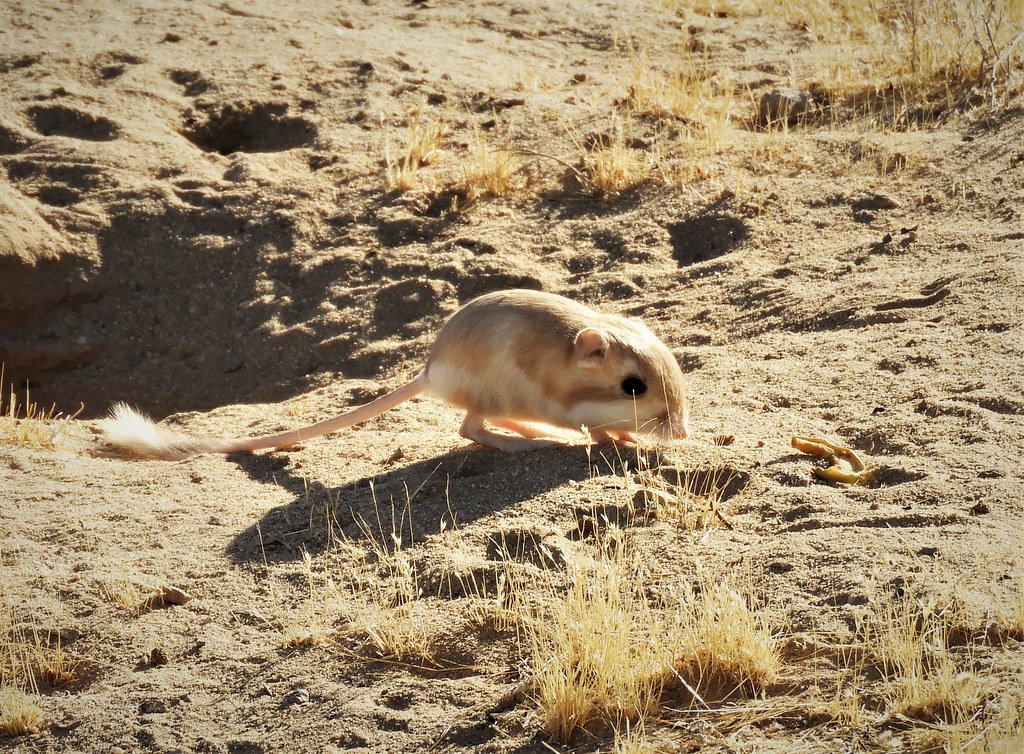
You’ve mastered the art of making the most with the least. The kangaroo rat is a small, desert rodent uniquely adapted to thrive without drinking water. Found in the arid deserts of the southwestern United States and Mexico, this tiny creature gets all the moisture it needs from seeds and plants. When resources are scarce, you don’t complain – you get creative and find ways to extract maximum value from whatever’s available.
Your approach to resilience is about efficiency rather than brute force. Specialized kidneys allow desert animals to extract maximum water from their food and minimize water loss through urination. The kangaroo rat produces urine so concentrated it’s almost crystalline, and it never needs to drink water – it gets all necessary moisture from the seeds it eats. You’ve learned to eliminate waste in all forms – wasted energy, wasted time, wasted emotions.
Like this remarkable rodent, you’ve developed systems that allow you to thrive independently. And much of the moisture that would be exhaled in breathing is recaptured in the nasal cavities by specialized organs. If that weren’t enough, kangaroo rats, and some other desert rodents, actually manufacture their water metabolically from the digestion of dry seeds. These highly specialized desert mammals will not drink water even when it is given to them in captivity! You don’t wait for perfect conditions – you create your own favorable environment.
The Sidewinder Snake – The Adaptable Navigator
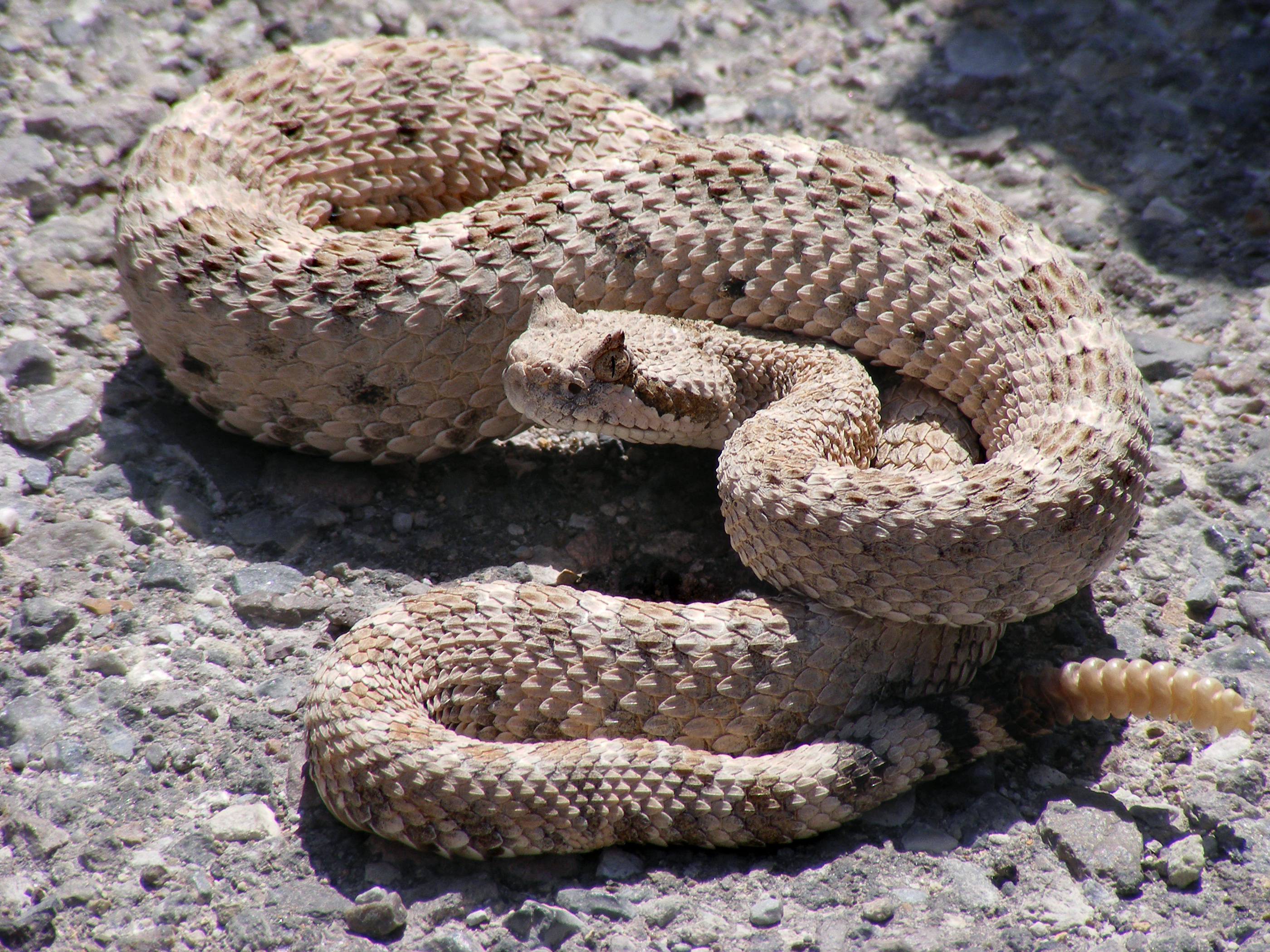
You’ve learned to move through challenges in your own unique way. Sidewinder rattlesnakes are desert snakes known for their sideways movement across sandy terrain, which helps them travel efficiently and avoid sinking into the loose sand. They are venomous and hunt small animals like rodents and lizards for food. When conventional approaches don’t work, you find alternative paths that others might never consider.
Your resilience is built on adaptability rather than resistance. Certain desert lizards are active during the hottest seasons, but move extremely rapidly over hot surfaces, stopping in cooler “islands” of shade. Even their legs may be longer so they absorb less surface heat while running. You understand that sometimes the best way forward isn’t straight ahead, and you’re willing to take a zigzag path if that’s what gets you to your destination.
Like the sidewinder, you’ve developed techniques that minimize friction and maximize progress. You don’t fight against difficult circumstances – you flow around them, finding the path of least resistance while still maintaining your direction and purpose.
The Desert Bighorn Sheep – The Persistent Climber
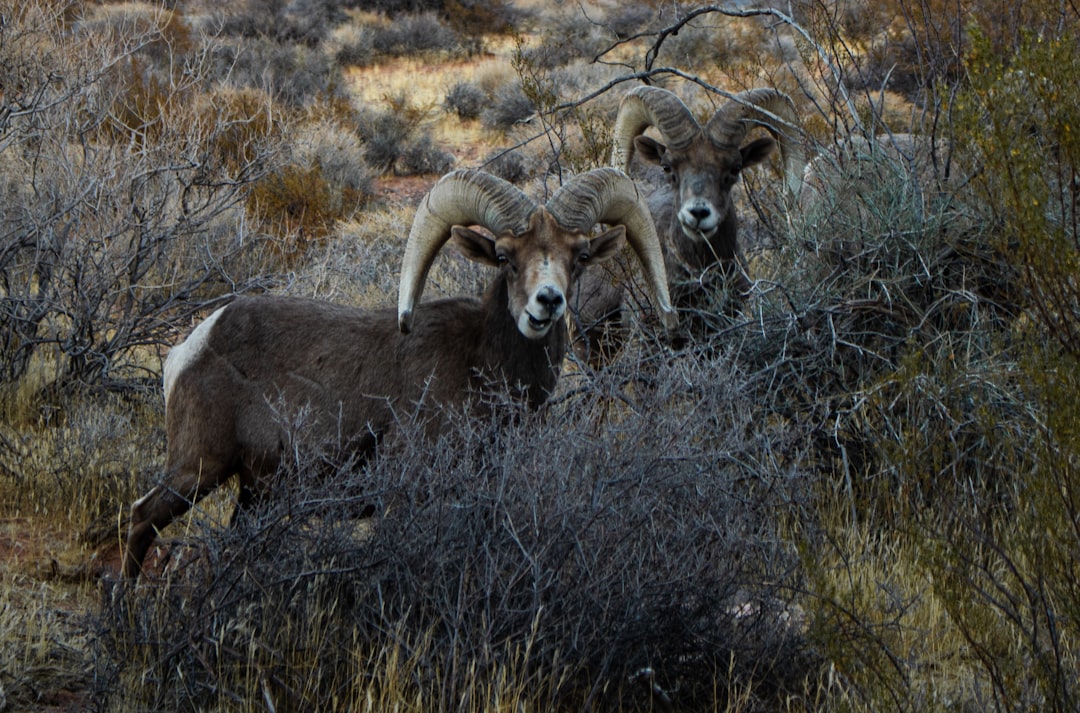
When faced with obstacles, your instinct is to go up and over rather than around. Desert bighorn sheep: cliff slopes, dawn/dusk sightings. Bighorn Sheep: Boulder-hopping legends with a head for heights. You’re drawn to challenges that others might find intimidating, and you have the determination to reach heights that seem impossible.
Your resilience comes from your willingness to seek higher ground, both literally and metaphorically. When life gets turbulent at ground level, you instinctively look for elevation – a new perspective, a better vantage point, a chance to see the bigger picture. You understand that the climb is often difficult, yet the view from the top makes it worthwhile.
Like these sure-footed mountain climbers, you’ve developed an intuitive sense of balance and timing. You know when to push forward and when to rest, when to take risks and when to find secure footing. Your strength lies in your ability to navigate treacherous terrain with confidence and grace.
The Kit Fox – The Resourceful Survivor
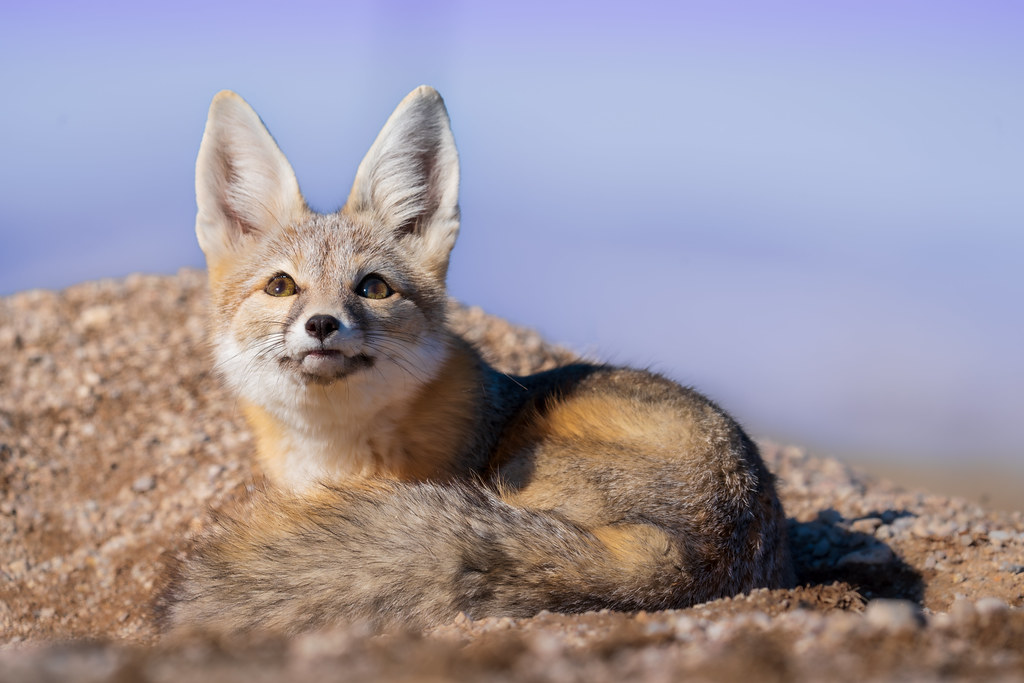
You’re incredibly adaptable and know how to make yourself comfortable anywhere. The kit fox, found in the American Southwest, and the fennec fox, native to the Sahara, are small desert creatures built for the heat. Their oversized ears radiate excess body warmth, and both species hunt at night for rodents, insects, and small reptiles. Agile and resourceful, these foxes are perfect examples of how desert wildlife adapts to arid landscapes. When circumstances change, you adjust quickly without losing your essential nature.
Your approach to resilience involves creating safe spaces wherever you go. The kit fox, however, is the exception. Unlike any other North American canid, the kit fox uses burrows year round. Burrows help it thrive in hot, dry desert valleys-an environment that is too challenging for other canids. You understand the importance of having a retreat, a place where you can recharge and plan your next move.
You’re excellent at reading situations and knowing when to be active versus when to lay low. Your survival strategy is based on flexibility, intelligence, and the wisdom to conserve your energy for when it’s most needed. You don’t waste effort fighting battles you can’t win.
The Gila Monster – The Patient Guardian
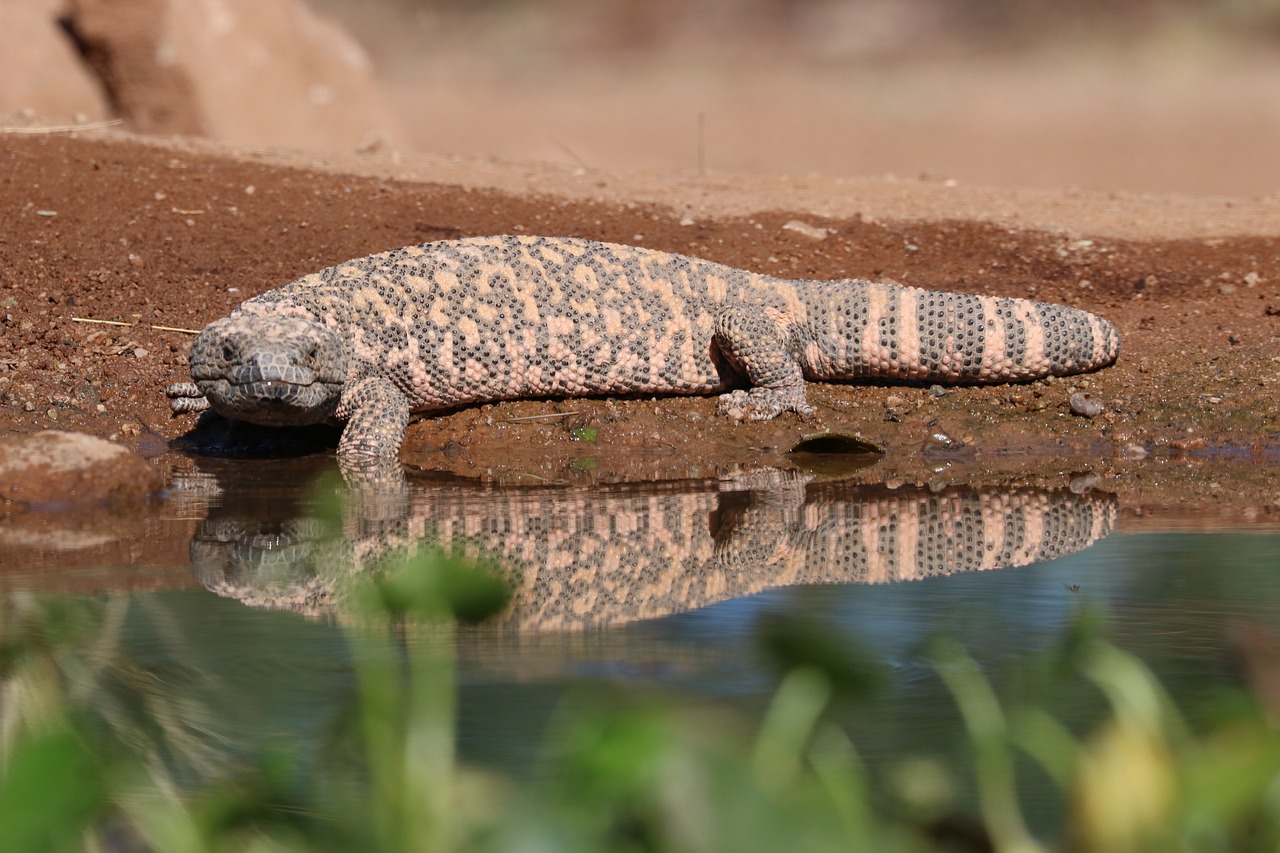
You embody the quiet strength that comes from knowing your own power. Gila monster: black-and-orange beaded skin; slow, secretive. When others are rushing around in panic mode, you remain calm and measured. Your resilience isn’t flashy or dramatic – it’s steady, reliable, and deeply rooted.
Like this remarkable lizard, you understand that true strength doesn’t need to be displayed constantly. You’re content to move at your own pace, secure in the knowledge that you have what it takes to handle whatever comes your way. Your approach is methodical and thorough rather than quick and reactive.
Your protective instincts are strong, yet you’re not aggressive without cause. You’ve learned to conserve your energy for situations that truly require your intervention. When you do act, it’s with purpose and effectiveness, making your response all the more powerful because it’s so deliberate.
The Desert Ant – The Determined Navigator
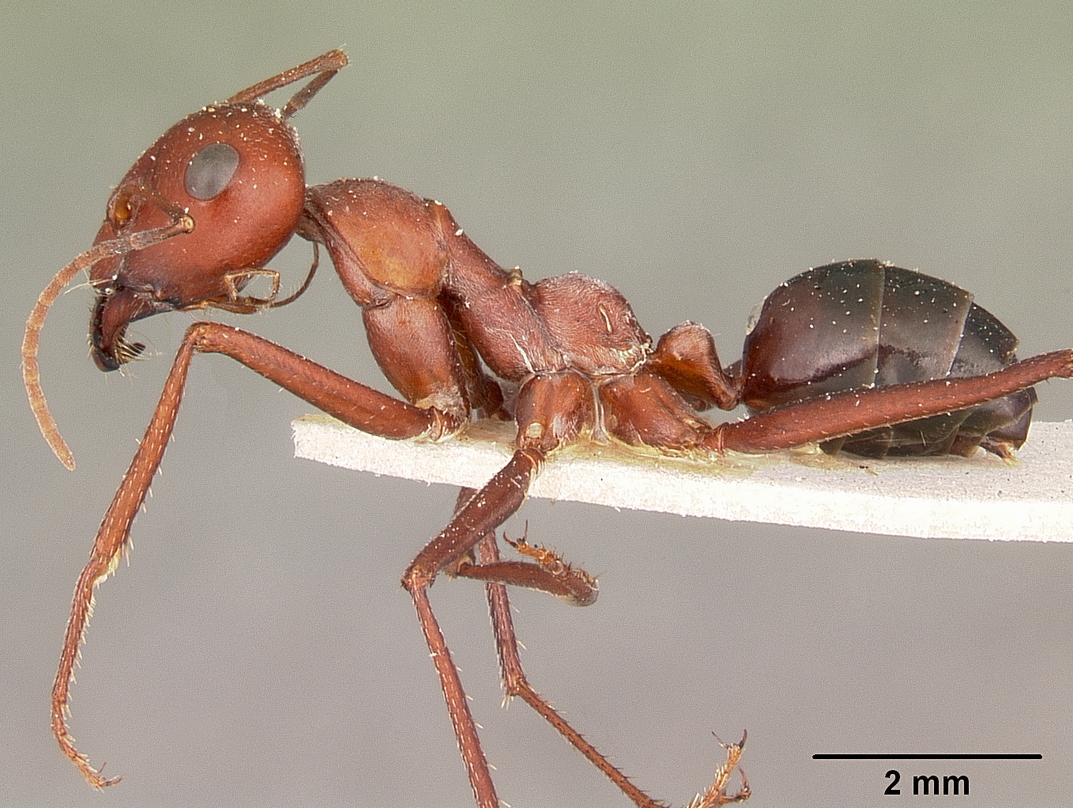
You have an incredible ability to find your way through the most challenging circumstances. The Sahara silver ant (Cataglyphis bombycina) holds the title for being the fastest ant in the world. Its silvery reflective hair helps it withstand the intense desert sun, allowing it to forage during the hottest parts of the day when predators are less active. These ants navigate using polarized light from the sun, demonstrating remarkable adaptations in a relentless environment. When others are overwhelmed by chaos, you somehow maintain your sense of direction and purpose.
Your resilience is built on precision and timing. The Saharan silver ant may be tiny, but it’s one of the fastest insects on Earth, capable of sprinting across scorching sand at astonishing speeds. You know exactly when to move and when to wait, and when you do take action, you do so with remarkable speed and efficiency.
Like these remarkable insects, you’ve developed internal guidance systems that help you navigate even when external landmarks disappear. You don’t need constant reassurance or direction from others – you trust your instincts and your ability to find the path forward.
Conclusion

Desert creatures have spent millions of years perfecting the art of resilience, and their strategies might be more relevant to our daily lives than we think. Whether you identify with the patient endurance of the tortoise, the social intelligence of the fennec fox, or the efficient minimalism of the kangaroo rat, each approach offers valuable insights into surviving life’s harsh seasons.
What strikes me most about these desert survivors is their diversity of strategies. There’s no single “right” way to be resilient. Some thrive through community, others through solitude. Some adapt by slowing down, others by speeding up. The key is knowing which approach works best for you and when to use it.
What do you think about your desert animal match? Tell us in the comments which survival strategy resonates most with your approach to life’s challenges.

Hi, I’m Andrew, and I come from India. Experienced content specialist with a passion for writing. My forte includes health and wellness, Travel, Animals, and Nature. A nature nomad, I am obsessed with mountains and love high-altitude trekking. I have been on several Himalayan treks in India including the Everest Base Camp in Nepal, a profound experience.

